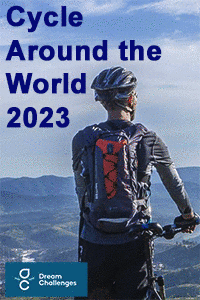Positive Health Online
Your Country

Research: Chen Z and colleagues,
Listed in Issue 159
Abstract
Chen Z and colleagues, Vanderbilt Epidemiology Center, Department of Medicine, Vanderbilt School of Medicine and Vanderbilt-Ingram Cancer Center, Nashville, TN, USA using data from the Shanghai Breast Cancer Survival Study (SBCSS), estimated the prevalence and perceived benefits of complementary and alternative medicine (CAM) and Chinese herbal medicine (CHM), and relevant demographic and clinical factors.
Background
This was a cross-sectional cohort study. The subjects were 5046 women who participated in the SBCSS, conducted in urban Shanghai, China.
Methodology
Data on CAM use (at least once a week for at least 1 month), patient sociodemographics, and medical history were collected using a structured questionnaire.
Results
The average diagnosis age of participants was 53.5 years. Interviews were completed about 6.5 months after diagnosis. Ninety-seven percent (97%) of participants used CAM therapy after diagnosis. Supplements were the most common type, followed by CHM, and physical activity. Walking was the most popular type of physical activity. Almost all CHM users used CHM as part of their cancer treatment; three quarters reported CHM use for boosting the immune system. About two thirds of women considered CHM effective. Supplement users were more likely to have higher income, higher educational attainment, be married, have undergone or completed radiotherapy, used tamoxifen, have oestrogen receptor (ER)-negative/progesterone receptor (PR)-negative cancer, and have menopausal symptoms. CHM use was associated with younger age, higher income, menopausal symptoms, completion of chemotherapy, and past tamoxifen use. Patients with an earlier clinical stage or who had undergone radiotherapy used less CHM. Chemotherapy or radiotherapy and cancer metastasis were positively related to physical activity participation. Current tamoxifen use, ER-/PR- cancer, higher educational attainment, and reporting average or better quality of life were inversely related to exercise participation.
Conclusion
Given the high prevalence of CAM use in patients with breast cancer and the variety of types of CAM, more research is needed to determine the impact of CAM's effectiveness and safety and interaction with conventional cancer treatment on breast cancer survival.
References
Chen Z, Gu K, Zheng Y, Zheng W, Lu W and Shu XO. The use of complementary and alternative medicine among Chinese women with breast cancer. Journal of Alternative & Complementary Medicine. 14(8): 1049-55, Oct 2008.



